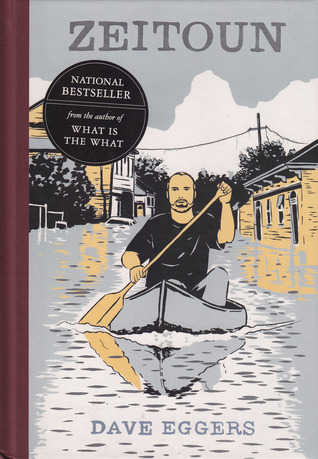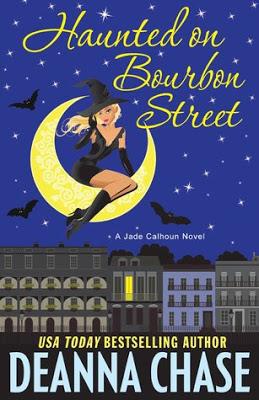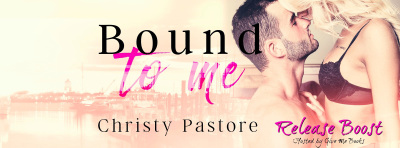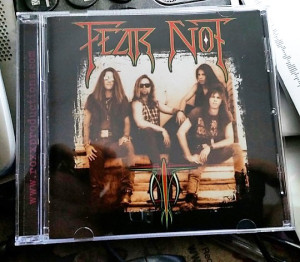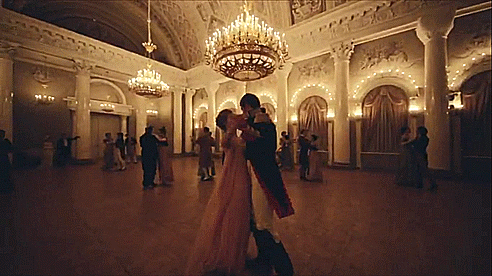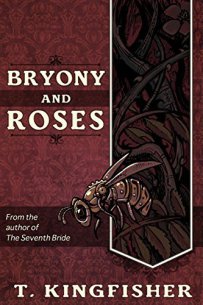
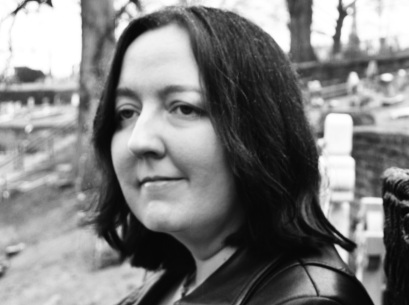
★★★★
I thoroughly enjoyed T. Kingfisher’s retelling of the Snow Queen legend in The Raven and the Reindeer and was unable to resist this reworking of Beauty and the Beast. It’s a fairy tale I’ve always loved, ever since I was six years old and went to see the animated Disney film at the cinema for a friend’s birthday treat. There’s much to love about the traditional version, but Kingfisher’s story is delightful in a different way, offering a no-nonsense heroine, a Beast with a dry sense of humour, and brooding dark magic.
It all happens because of the rutabagas (better known to me as swedes). A keen gardener, Bryony is tempted out in the snow to visit a friend who has promised her some rutabaga seeds for her prized garden. On her return journey, she loses her way in the forest and, when all seems lost, she and her clumsy pony Fumblefoot find themselves at the gates of a grand manor house. Seeking shelter, Bryony knocks and finds herself ‘welcomed’ into the house, in the sense that she’s offered food, warmth and a place to sleep (as well as fodder for Fumblefoot). The only problem is that all of this hospitality appears as if by magic. While eating breakfast the following morning, before heading home, Bryony sees a beautiful red rose in a vase on the table, and decides to take it as a gift for her sister Iris. But – as you know – one should never try to take roses from enchanted castles. All of a sudden, Bryony’s way out is blocked by a formidable Beast, who informs her that the rose cannot leave the house, and that she must now become his prisoner.
At first, Bryony is terrified by the Beast, but once she’s recovered her composure, she negotiates with her new captor. She will return voluntarily if he allows her to go home to see her sisters and collect some seeds and plants from her garden. If she’s going to be a prisoner, she might as well have something to do with her time. And so she returns laden down with pots and cuttings, ready to create her own little vegetable patch in the corner of the otherwise perfect garden. The Beast is fascinated by her work and, gradually, she begins to realise that her imprisonment isn’t so bad. Certainly, there’s the whole issue of the tusks and the fur and the incredible height, but the Beast has a dry wit and a good library and an inquiring mind. Bryony begins to think it might not be so bad:
The next few days settled into a routine that was actually rather pleasant, insomuch as being held captive against one’s will in a giant enchanted manor house with a somewhat sarcastic Beast could be.
But soon she begins to realise that all is not well. The magic of House (which seems to have a definite personality) is not entirely benevolent, and the Beast is no less a prisoner than Bryony herself. Moreover, she begins to have disturbing dreams. She’s sure there must be a way to break free of the spell, but if the Beast knows it, he isn’t able to explain it to her. After all, there are ears and eyes everywhere in House. If Bryony is going to free them both, she will have to think of a cleverer way to go about it.
Intelligent and playful, this is a refreshing blend of canonical elements and new ideas, which keeps the story just different enough to hold you in suspense. This isn’t a story for children, not because of sex or violence, but because the underlying magic is very dark. But, for grown-ups, it offers a fresh new perspective on a familiar and much-loved tale, with a witty, intelligent and very unsentimental relationship at its heart. Definitely one to recommend for a quick, light read.
In her author’s note, Kingfisher urges us to read Robin McKinley’s Rose Daughter, which inspired this novella. I’ll have to track it down. Has anyone read it – or, for that matter, any other reworkings of Beauty and the Beast that offer a different take of the story?
Buy the book
Share this:
